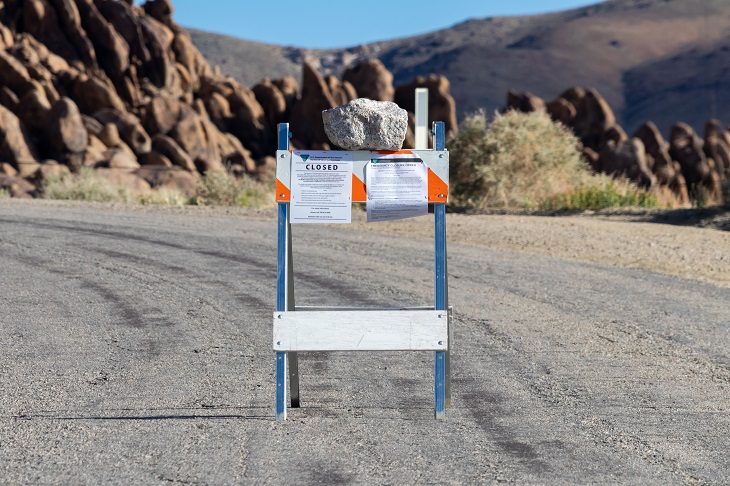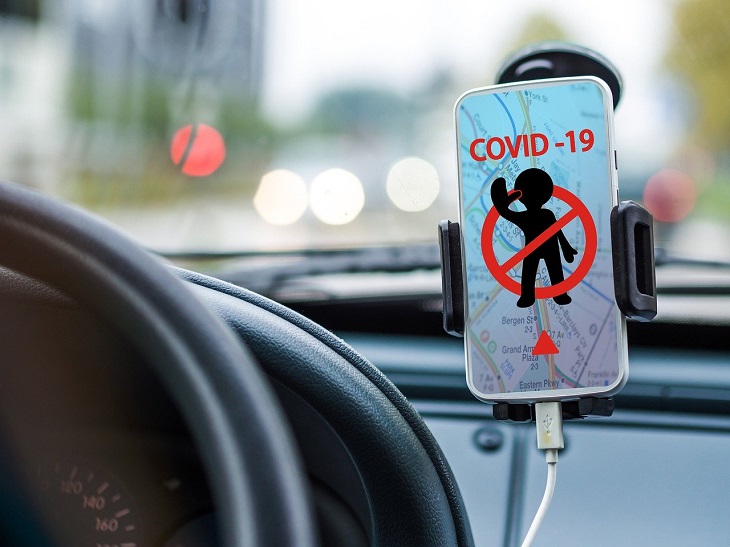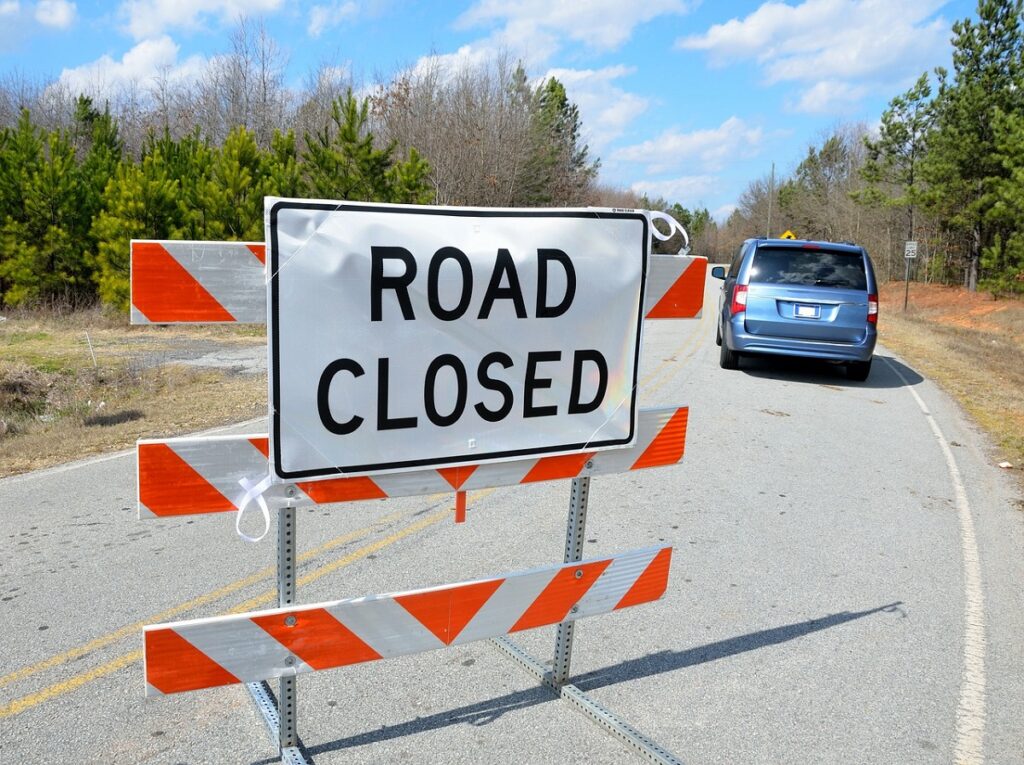There are few areas in our lives that haven’t been touched by the coronavirus pandemic. Everything from where we work to how we buy our groceries has been altered in an effort to reduce the spread of the virus and hopefully save lives. Because most people in the U.S. have been ordered to follow stay-at-home protocols, you might not be thinking much about road conditions. However, there are still people who need to venture out for essential trips. These trips can be even more stressful if you’re a disabled driver. So, here’s what disabled drivers need to know about road closures during coronavirus.
Are there road closures during coronavirus lockdown?
Even though there may be fewer drivers on the road due to lockdown measures, there are still important traffic conditions you should be aware of. For example, driving during the coronavirus lockdown can have some complications because some city governments have closed roads to allow for more pedestrian and cyclist traffic.
Cities such as Boston, Minneapolis, and Oakland have temporarily banned cars on some main streets in an effort to make it easier for crowded populations to spend time outdoors. Governments in places like New York and San Francisco have stated that they understand how uncomfortable it can be to stay cooped up at home. But it can be dangerous to allow citizens on the streets if they aren’t able to keep a safe distance of six feet apart from each other.
Banning vehicle traffic on some streets creates much more space to walk (especially for families with children and/or pets). At this time, cities are trying these road closures out to see if they do in fact benefit people while there are fewer cars on the road anyway. However, despite helping pedestrians, road closures can be frustrating for drivers if they interrupt the most direct route.

Are there travel restrictions during coronavirus lockdown?
On top of road closures, driving can be a little more stressful because of travel restrictions. Some cities and states have set up COVID-19 checkpoints at borders in order to discourage drivers from entering the region (and potentially bringing the virus in with them). Drivers might be stopped at these checkpoints to be reminded of quarantine regulations in that area, and might only be allowed through if it’s a necessity.
Because restrictions can be implemented on a city or municipality level, it can be tough to know which areas of the country are on strict lockdown. It’s always a good idea to research your route before you leave the house in case you come across any travel restrictions while you’re on the road.
What precautions should I take while traveling during the coronavirus disease outbreak?
Although this time is filled with uncertainties, there are some steps you can take to be prepared anytime you need to drive somewhere.
Have a full tank of gas.
Since you might not know about potential road restrictions during coronavirus ahead of time, it’s always a good idea to keep your gas tank full. You never know when you might need to go out of your way or travel longer distances, so fill up to avoid getting stranded somewhere.
Allow more time than usual.
If you have to be somewhere at a specific time (such as for a doctor’s appointment), make sure you’re always leaving yourself plenty of time to get there. Road closures or blocks can mean your route is going to take longer, so leave your house early!
Research your route.
Before you get in the car, research the road conditions for the route you plan to take. Checking out Google Maps before you leave will help alert you to possible restrictions or changes to your route. You also have the option of calling law enforcement in the towns you’ll be visiting so they can alert you to any closures or checkpoints that might complicate your trip.
Fully charge your phone.
It’s always smart to fully charge your phone before you leave the house in case you need to use your phone’s GPS for driving directions. If you never want to stress about your phone dying again, you might want to invest in a car charger for ultimate peace of mind.

Keep your GPS apps updated.
Make sure your preferred GPS app (Google Maps, Apple Maps, etc.) is always updated on your phone. These apps are constantly updated to provide drivers with the most accurate and current information about road conditions and closures. An up-to-date GPS app means you’re less likely to come across unforeseen obstacles on your trip.
Print alternate driving directions.
Of course, this one is pretty old-school, but if you’re worried about not getting a cell signal while you’re on the road, it can be great to have a printed backup route to bring along with you. That way you have a good old-fashioned map to look at in case you need to change your route midway through.
Bring snacks and water.
Road closures due to the coronavirus can mean your route takes longer to complete. By stashing extra snacks and bottles of water in the car, you never have to worry about going too long without some sustenance.
Always bring your disabled parking permit.
The most important thing to remember as a disabled driver is to bring your handicap parking permit with you whenever you leave home. You’ll want to ensure you have access to convenient parking places no matter where your drive takes you! Be prepared for any type of emergency road closures or checkpoints you might come across as well, and you’ll safely get where you need to go.
